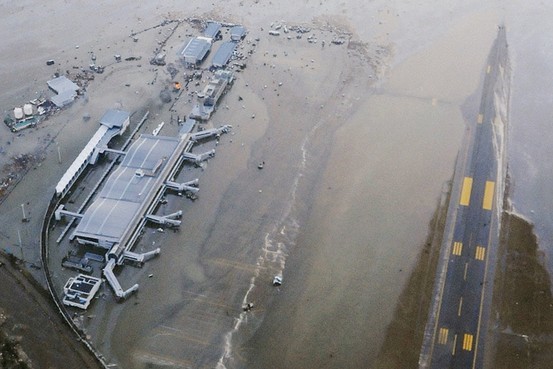
Aviation is booming. IATA predict that passenger traffic will almost double by 2030 to 7.8 billion. Heathrow is near capacity, and slots for its new runway may be fully allocated even before construction is completed.
Airport operators are responding to demand by investing in infrastructure projects – Changi East, new airports in Istanbul and Mexico City are a few mega projects. Taking the UK as an example, projects at existing airports include Manchester’s ‘Super Terminal’ and a new car park at Bristol.
All these form part of the airport’s Master Plan.
In 2003 the UK Government stated that UK Airports of sufficient scale should produce or update their existing Master Plan following the release of a white paper entitled “The Future of Air Transport”. The white paper provided a comprehensive overview of airport future requirements in the UK with the aim of balancing airport growth against the necessity of minimising the impact of the natural environment and those who live nearby. The Airport Operator normally takes the lead in preparing the Master Plan and they will work closely with the local planning authority throughout. A Master Plan will generally detail the Operator’s plans for infrastructure development, resource planning, stakeholder engagement, costs/benefit analysis and assessments of the local social and environmental impact of planned projects.
However we often find that very little space, if any, is given to Aviation Fuel planning within an overall airport Master Plan. It comes down to this: fuel is foundational, has always been there in the background and has always delivered.Without fuel there would be no flights, therefore no passengers (or cargo) and without passengers there would be no revenue from retail, car parking or similar non-aeronautical activities. It is therefore most important that with so much expansion planned the life blood of the airport, namely jet fuel, is given due consideration in any Masterplan.
What kind of incidents can disrupt jet fuel supply?
In May 2018 chaos ensued and holidays were ruined when the jet fuel system at Stanstead became temporarily “unavailable” after a lightning strike. Natural disasters have impacted airport infrastructure in the past: Sendai was extensively damaged by the 2011 Japanese tsumani and Mexico City suffered in a 7.2 magnitude earthquake in 2017. Other threats include fire, upstream supply chain disruption and criminal damage.

The game-changer was in 2005, when failures resulted in a massive fire at Buncefield terminal in the UK – strategically important for jet fuel upply to airports in south-east England. The site was out of use for 10 years; the environmental, social and economic tolls were considerable.
Buncefield demonstrated that it was possible to lose an entire fuel facility – and whilst upstream of any airport, disruption was considerable (despite Heathrow and Gatwick having several other supply options).
Had a similar incident occurred at an airport fuel farm, the consequence would have been short term airport closure and long term severe disruption.
Yes, the industry is growing but fuel resilience is emerging as a potential weakness.
So what should airport operators do?
Once threats and impacts have been assessed, risk mitigation and resilience measures should be considered. Examples may include ensuring sufficient fuel storage at the airport to withstand supply disruption; implementing a second fuel farm to distribute potential points of failure.
Clearly there is no single solution, but each airport needs to individually assess the impact of jet fuel disruption on its business. See
Click here to find out more about our Aviation Fuel Strategy services.
Back to Latest News